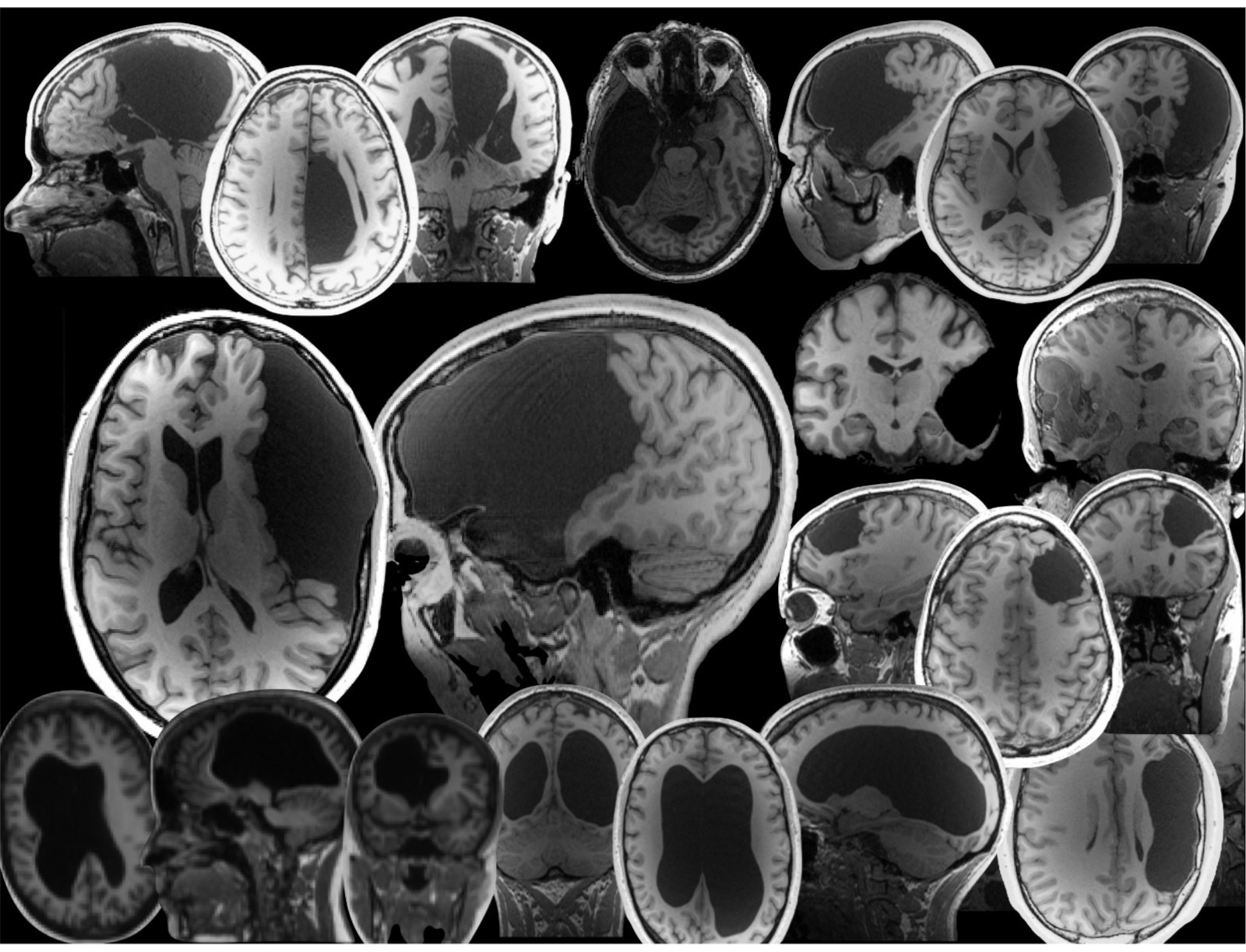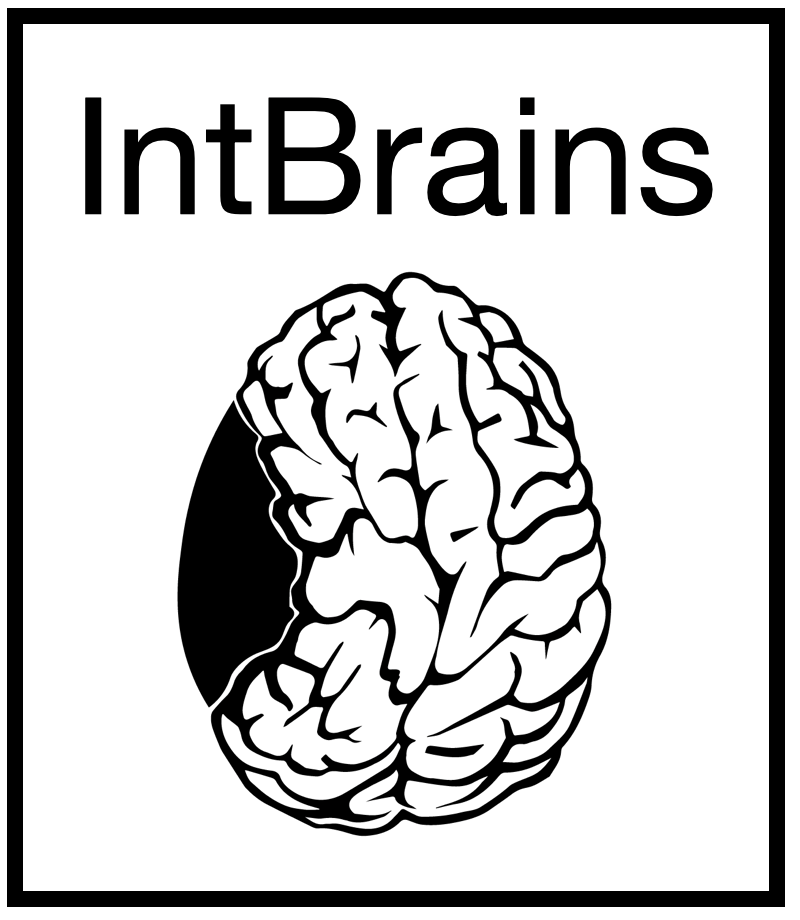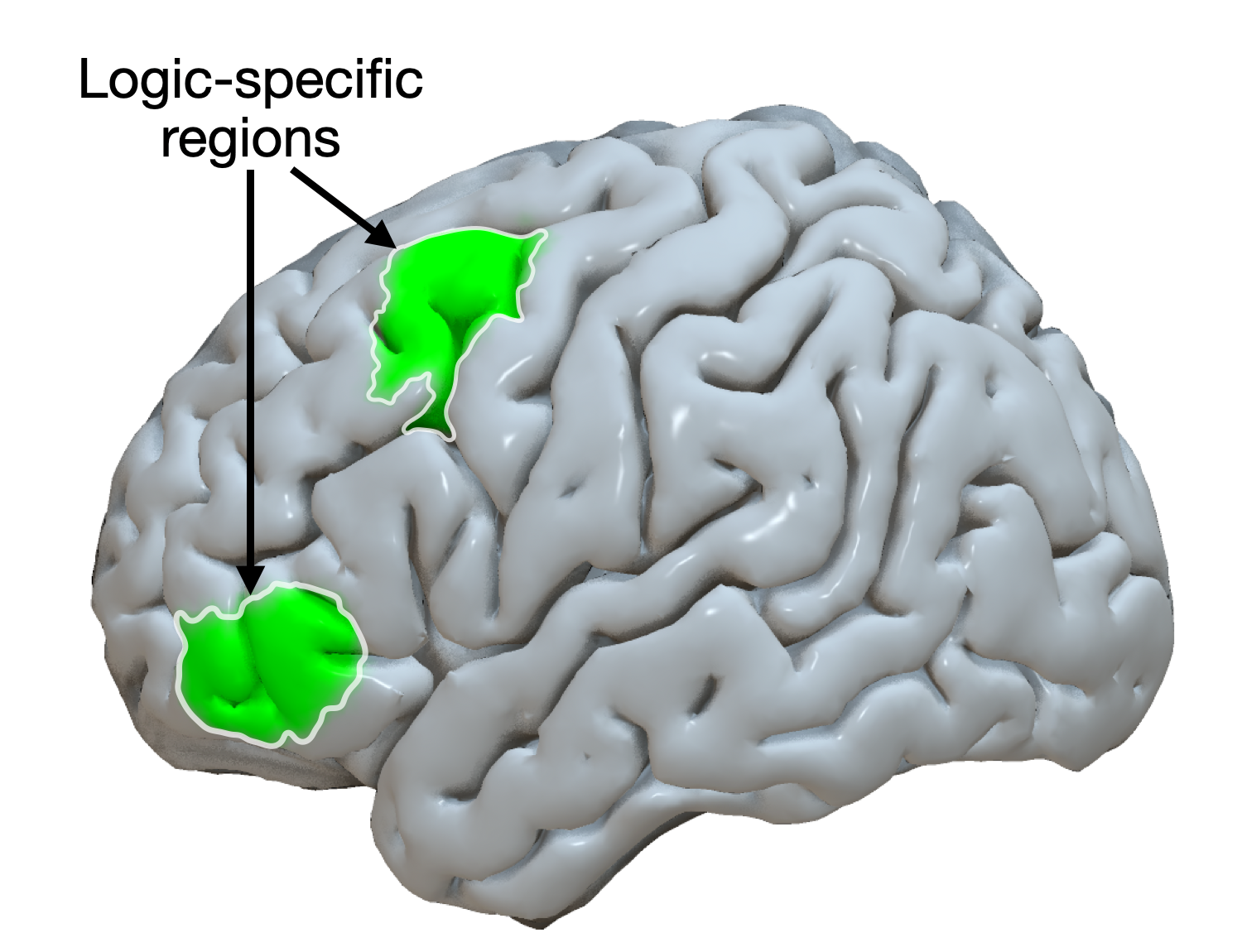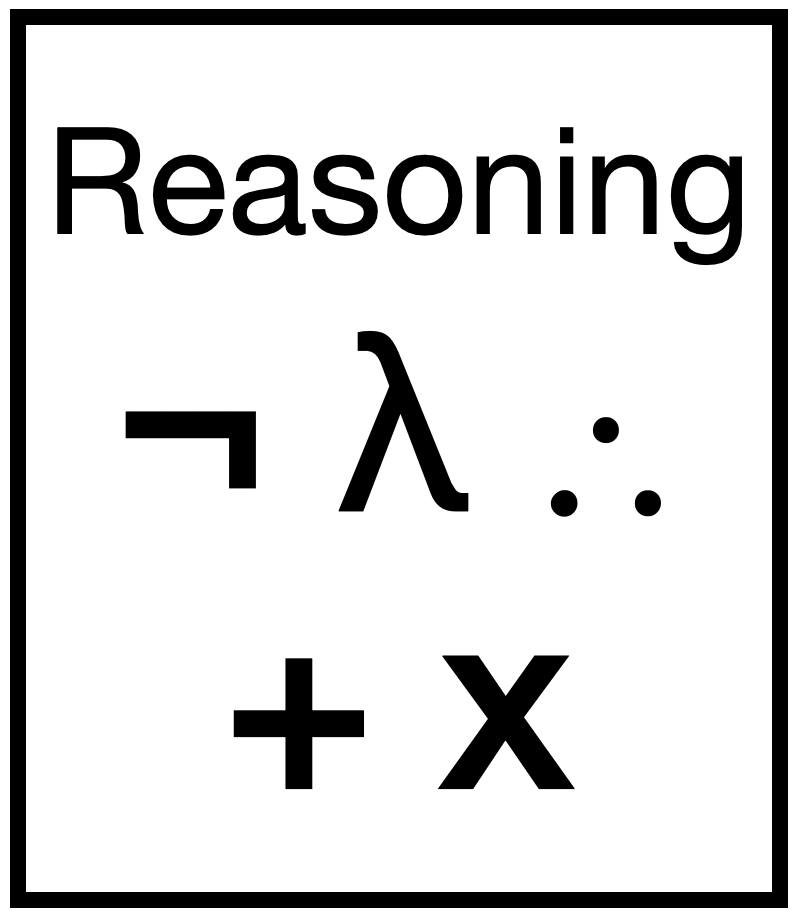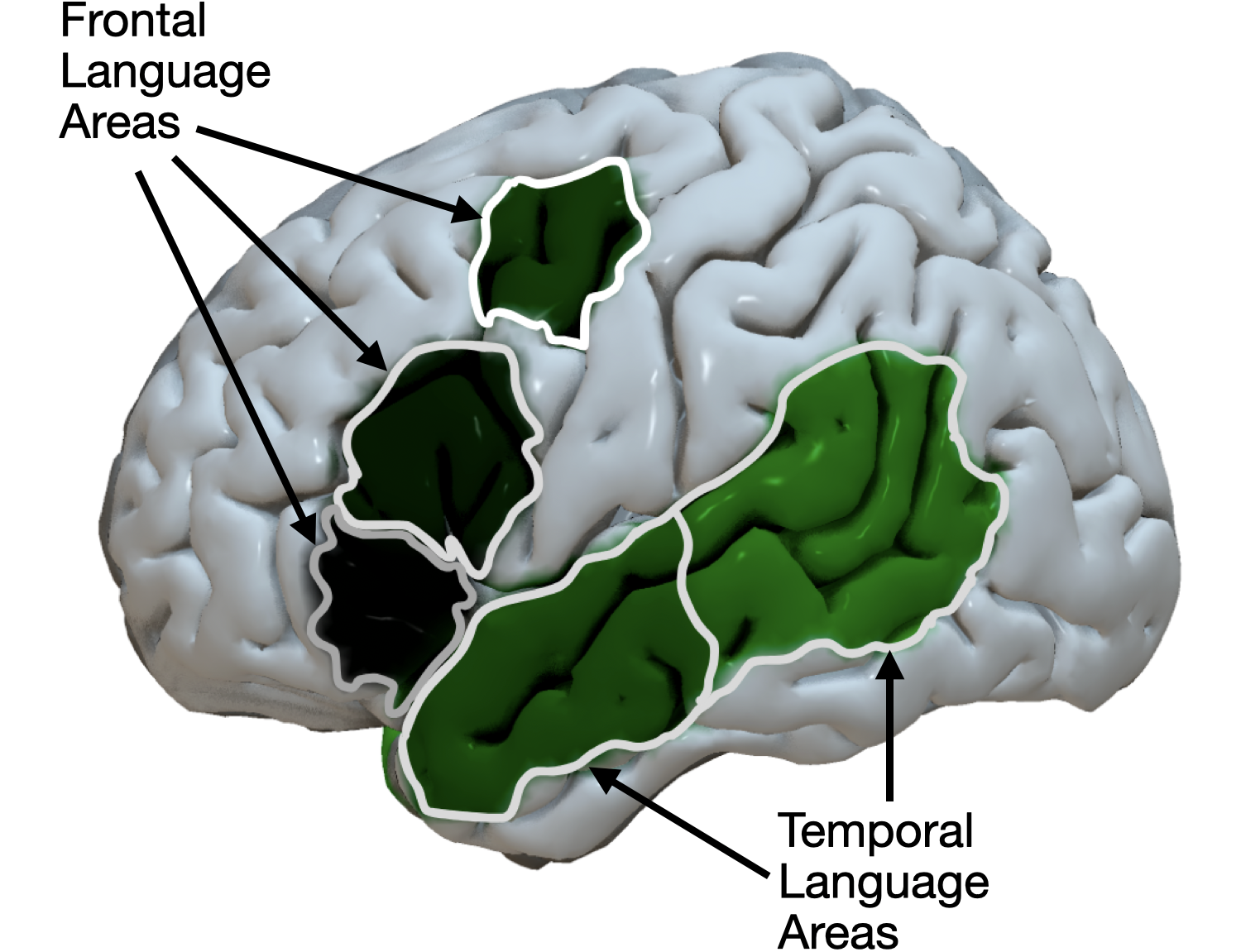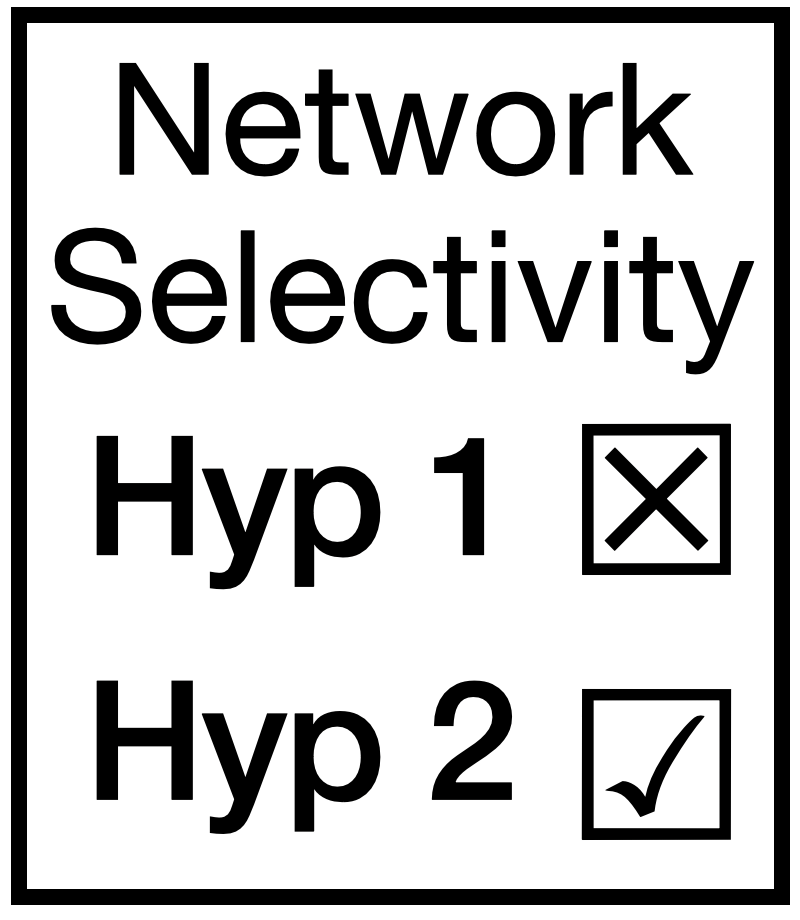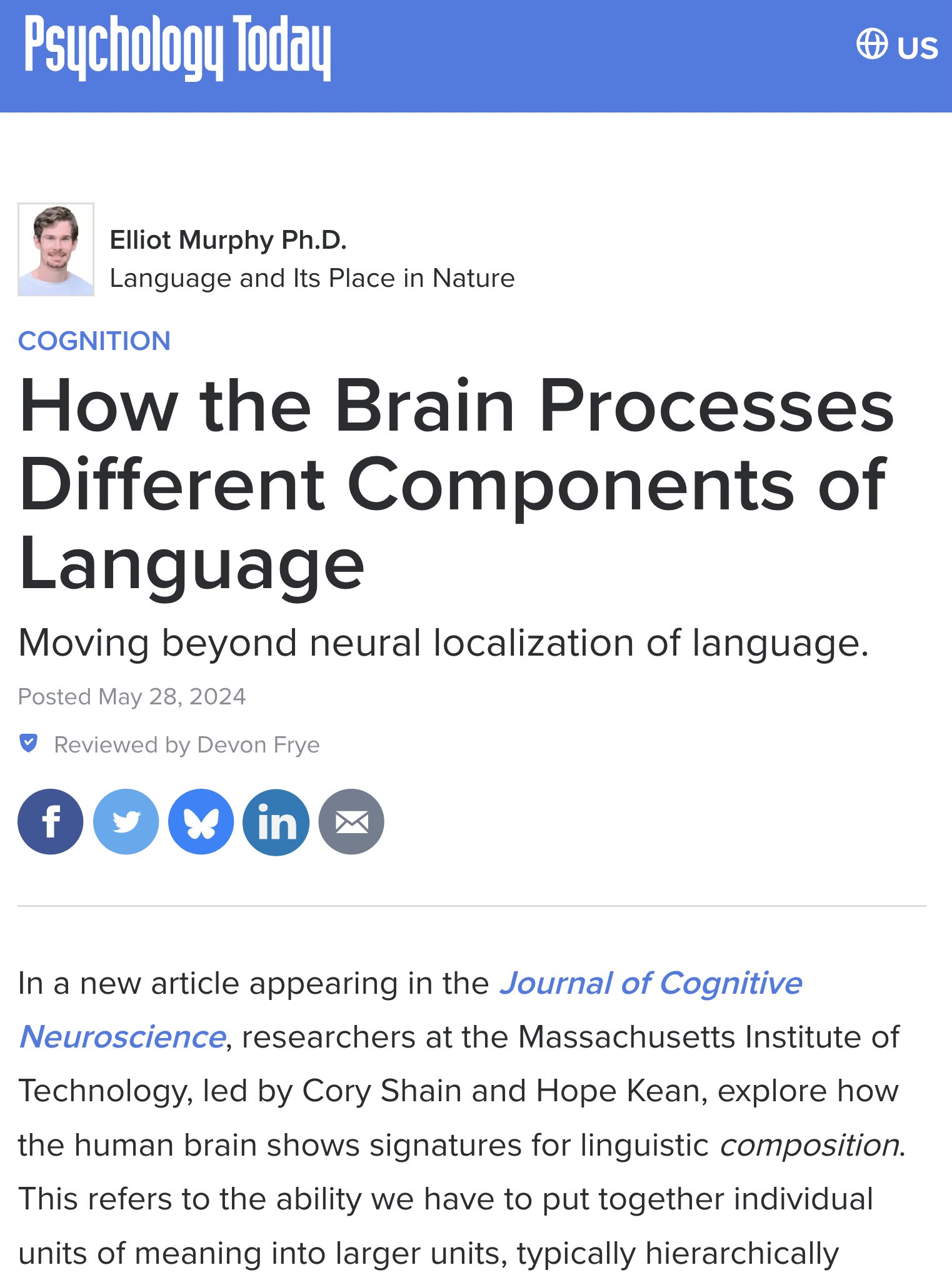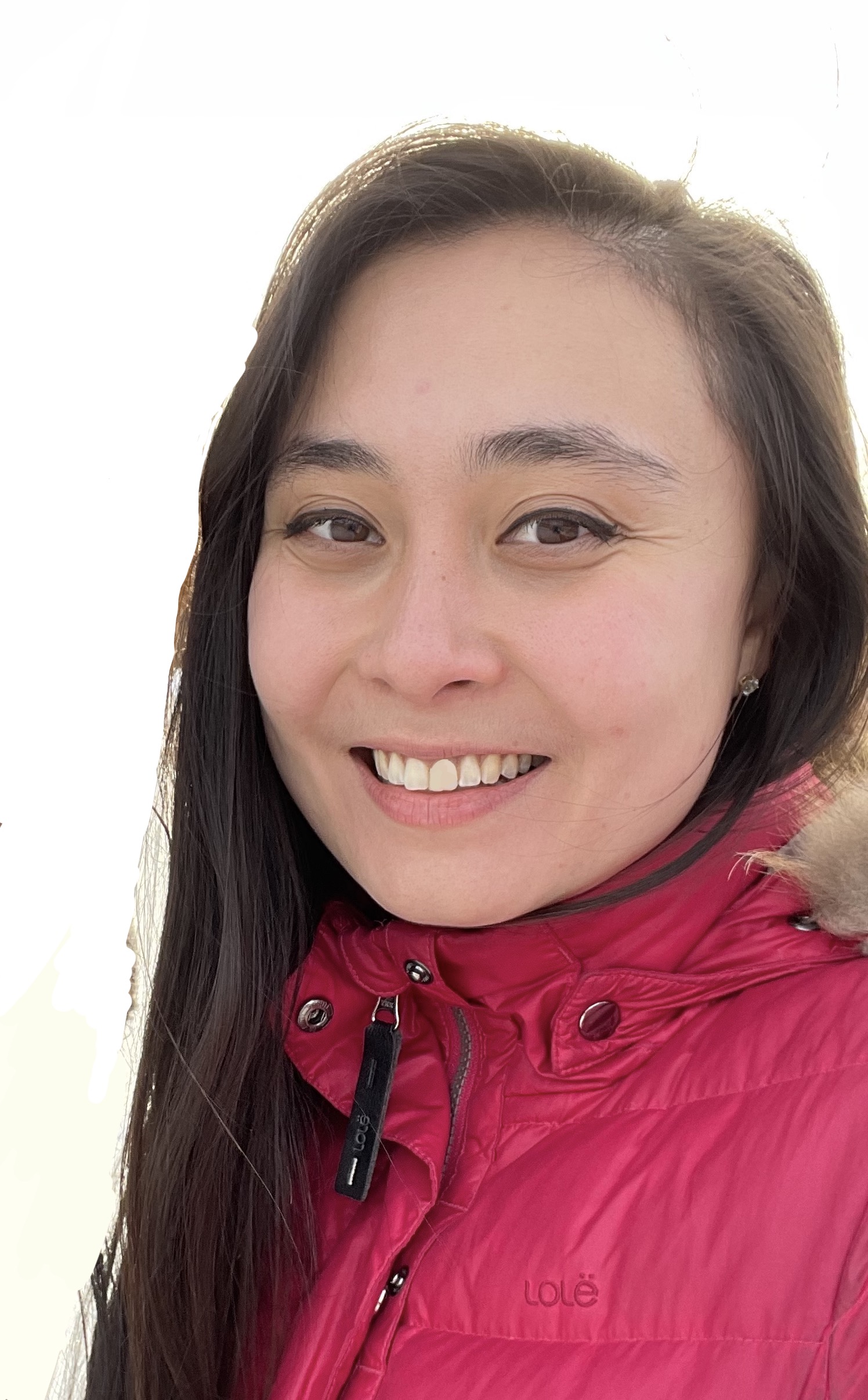
Hope 희진 Kean
How do we get from noisy sensory inputs to meaningful representations that we can reason and talk about?
This is the focus of my research as a PhD candidate in
EvLab
at the Department of Brain & Cognitive Sciences at MIT.
I am thankful to the Integrative Computational Neuroscience (ICoN), the McGovern, and the MIT Presidential Fellowships for their generous support.
CV | Google Scholar | Project Website: InterestingBrains.com
